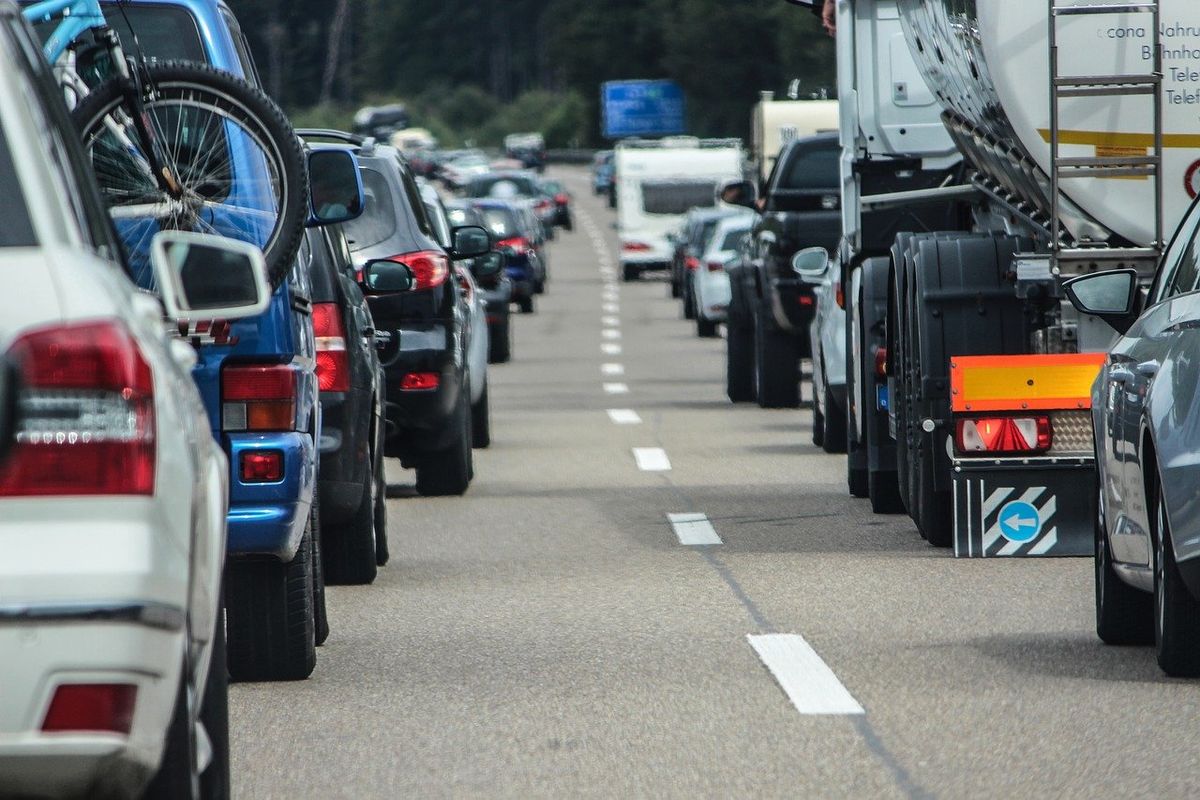Do Uber & Lyft Really Reduce Congestion?

To hear Uber and Lyft tell it, they are helping to reduce congestion and air pollution by making transportation more efficient. But are they really? A new study finds that, in fact, they are discouraging consumers from using more efficient options like public transit and logging untold miles of “deadheading” every day as drivers scurry to pickup riders and troll for new ones.
“While public transportation provides high-efficiency shared services, it can only accommodate a small portion of commuters as their coverage is limited in most places,” said Jinhua Zhao, an associate professor at the Massachusetts Institute of Technology (MIT). “While mathematical models in prior studies showed that the potential benefit of on-demand shared mobility could be tremendous, our study suggests that translating this potential into actual gains is much more complicated in the real world.”
Uber recently launched an initiative called “Building a Greener Platform,” which extols its efforts to get its drivers into electric and hybrid vehicles. Lyft, for its part, is offering zero-emission hydrogen-powered vehicles in Vancouver, B.C. Though no doubt commendable, these efforts don’t directly address the congestion issues identified in the recent study.
“We are still in the early stages … and we are likely to see many changes in how these ridesharing businesses operate,” said Dr. Hui Kong, a postdoctoral associate at the MIT Urban Mobility Lab, and an author of the paper, in a news release. “Our research shows that over time [rideshares] have intensified urban transport challenges and road congestion in the United States, mainly through the extended duration and slightly through the increased intensity.”
Substantial deadheading
The researchers think that the substantial deadheading miles (miles travelled without a passenger) could contribute to the negative impact on road congestion. According to some other studies, approximately 40.8% of rideshare miles are deadheading miles.
The study also found easy access to ridesharing discourages commuters from taking greener alternatives like walking or taking public transportation. Survey data from various US cities also showed that approximately half of TNC trips would otherwise have been made by walking, cycling, public transport or would not have been made at all.
The study was conducted by researchers at the Future Urban Mobility (FM) Interdisciplinary Research Group (IRG) at Singapore-MIT Alliance for Research and Technology (SMART), MIT’s research enterprise in Singapore, Massachusetts Institute of Technology (MIT) and Tongji University.
In a paper titled “Impacts of transportation network companies on urban mobility” recently published in the journal Nature Sustainability, the first-of-its-kind study assessed three aspects of how ridesharing impacts urban mobility in the United States – road congestion, public transport ridership and private vehicle ownership — and how they have evolved over time.
Using a panel dataset covering mobility trends, socio-demographic changes, and rideshare entry at the Metropolitan Statistical Areas (MSAs) level to construct a set of fixed-effect panel models, the researchers found the entrance of rideshare networks led to increased road congestion in terms of both intensity as well as duration. They also found a 8.9% drop in public transport ridership and an insignificant decrease of only 1% in private vehicle ownership.
While many previous studies have focused on Uber alone, SMART and MIT’s latest study takes into account both Uber and Lyft – the two most popular ridesharing companies in the United States. While Uber accounts for 69% of the market share, Lyft accounts for a significant 29% and its inclusion into the dataset would give a more holistic and unbiased estimate of the TNC effect.
